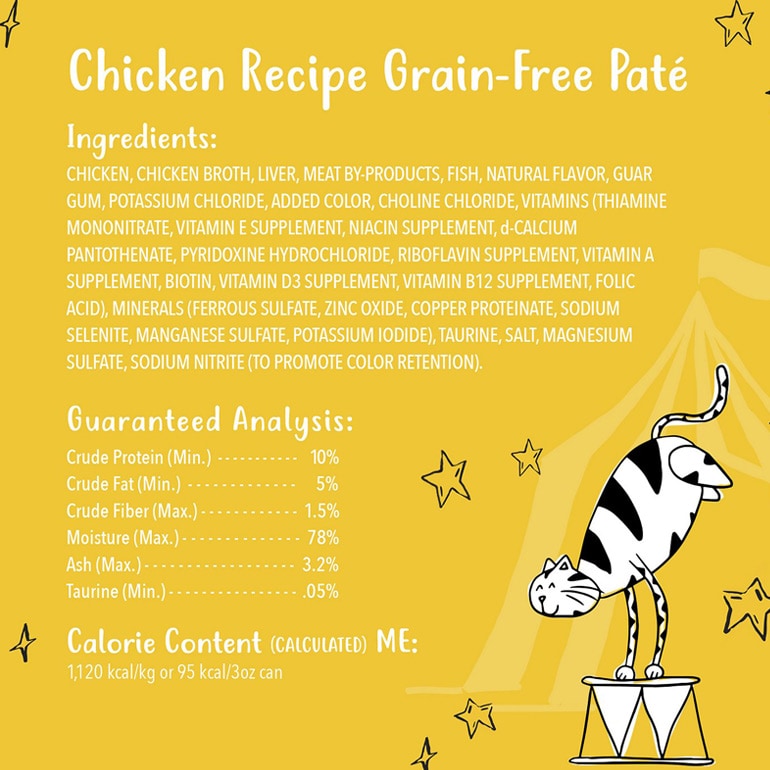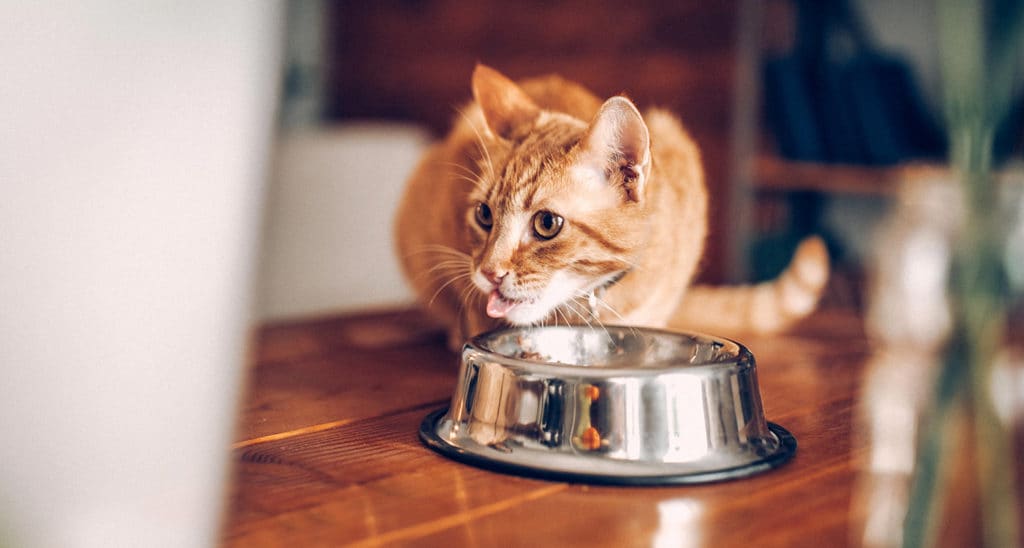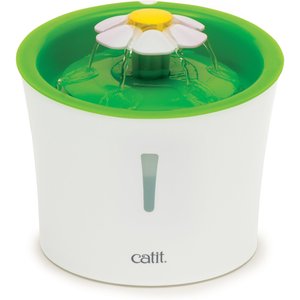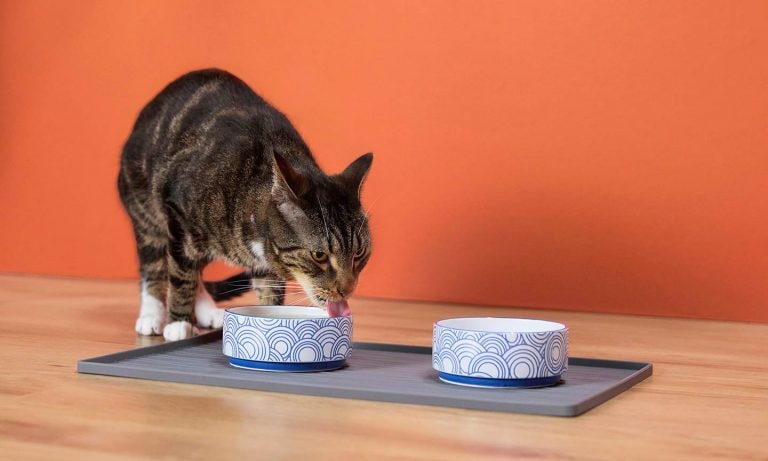As pet parents, we spend a lot of time determining what to feed our cats. But figuring out how much to feed a cat is just as important.
Underfeeding can lead to nutrient deficiencies and weight loss, but overfeeding is a much more common problem. Surveys show that approximately 60 percent of cats in the United States are overweight or obese. Extra body fat puts cats at increased risk for life-shortening conditions like diabetes and high blood pressure. But when you feed your cat the appropriate amount of food, they are able to maintain a healthy body weight—which is essential for a cat’s overall health and happiness.
So, how much food does your cat need? These general guidelines are a great place to start. Keep in mind, however, that your veterinarian will always be your best resource for determining your cat’s unique nutritional needs.
In This Guide
Factors That Affect How Much to Feed Your Cat
The amount of food your cat needs can be affected by a variety of factors, including:
- Age: For this discussion, we’ll address cats over 10 months of age, which is when most cats can be switched to adult food. Keep in mind that kittens require more energy and nutrients to help them grow, and senior cats' nutritional needs may shift as they age, too. How much to feed a kitten is its own topic (Learn how much to feed a kitten here).
- Size: Larger breeds, like Maine Coons, need to eat more than their smaller counterparts. Even within the same breed, some individuals naturally have a smaller frame than others and require less food.
- Activity level and metabolic rate: Cats who routinely get a lot of exercise burn more calories than feline couch potatoes. A cat’s resting metabolic rate might also be higher or lower than what’s typical due to individual differences in physiology.
- Reproductive status: Spaying and neutering reduce the number of calories a cat needs. On the other hand, most pregnant and nursing cats should have unlimited access to a food that is appropriate for kittens or all life stages to meet the intense nutritional demands that reproduction puts on their bodies.
- Body condition and health: Some health problems can also cause cats to gain or lose weight. Talk to your veterinarian if your cat needs to gain or lose large amounts of weight or appears sick in any way.
How Much to Feed a Cat Chart
The chart below presents average serving sizes based on a cat’s weight and other factors. Keep in mind that an individual cat’s needs can vary by as much as 50 percent in either direction from the average, so talk to your veterinarian to determine the proper food portions for your cat.
How to Convert Calories into Portion Sizes
Once you’ve determined how many calories your cat needs every day, you need to figure out how much of their food will provide those calories. Thankfully, manufacturers are required to list a food’s caloric content on the label. On wet food labels, it will be written as kcal/kg and kcal/can. On dry food, it will be written as kcal/cup. Don't be intimidated by the lingo; in nutrition circles, a kcal (kilocalorie) is the same as a calorie.
Divide your cat’s caloric needs (kcal/day) by the food’s caloric content (kcal/can or cup). The answer will let you know how much food your cat needs each day. To figure out how much food to feed at each meal, simply divide the daily amount of food by the number of meals you plan to offer each day.
For example, let’s say your cat weighs 10 pounds and is very active. According to the chart above, your cat should consume 346 kcal/day. Now, imagine they are on a diet of Tiny Tiger Pate Chicken Recipe Grain-Free Wet Cat Food. Let's take a look at the label:

Since the calorie content of the wet cat food is 95 kcal/can, you would determine your cat's daily portion by dividing 346 kcal/day by 95 kcal/can.
346 kcal/day ÷ 95 kcal/can = 3.64 cans of Tiny Tiger Pate Chicken Recipe Wet Cat Food per day.
If you feed two meals per day, divide 3.64 by 2 to find out how much to feed at each meal: roughly 1.82 cans per meal.
Feeding Wet Cat Food vs. Dry Cat Food
Most veterinarians recommend that cats eat primarily wet food. The higher water content in wet foods can help treat or prevent kidney and lower urinary tract disease as well as obesity and all its associated health problems. High quality wet foods tend to contain more meat and protein and be lower in carbohydrates than dry foods, which better matches a cat’s nutritional needs.
The chief benefits of dry foods are their lower cost and the fact that they are the best option when food needs to be left out for extended periods of time. If you choose to feed dry, opt for a quality, high protein cat food, like Solid Gold Indigo Moon with Chicken & Eggs Grain-Free High Protein Dry Cat Food, and try to maximize your cat’s water intake. If your cat likes to drink from running sources of water, consider purchasing a kitty water fountain like the Catit Flower Pet Fountain.
Our Favorite Cat Foods
How Often Should I Feed My Cat?
Cats have evolved to eat numerous small meals throughout the day—but leaving food out all the time is a major risk factor for obesity. At a minimum, a cat’s total daily food intake should be divided into two meals, but more (up to six!) is better. An automatic timed feeder, like the Cat Mate C500 Digital 5 Meal Dog & Cat Feeder, that can be preloaded with multiple, measured meals is a great way to provide your cat with just the right amount of food, divided into small meals.
How to Feed Your Cat the Very Best
Share:

















